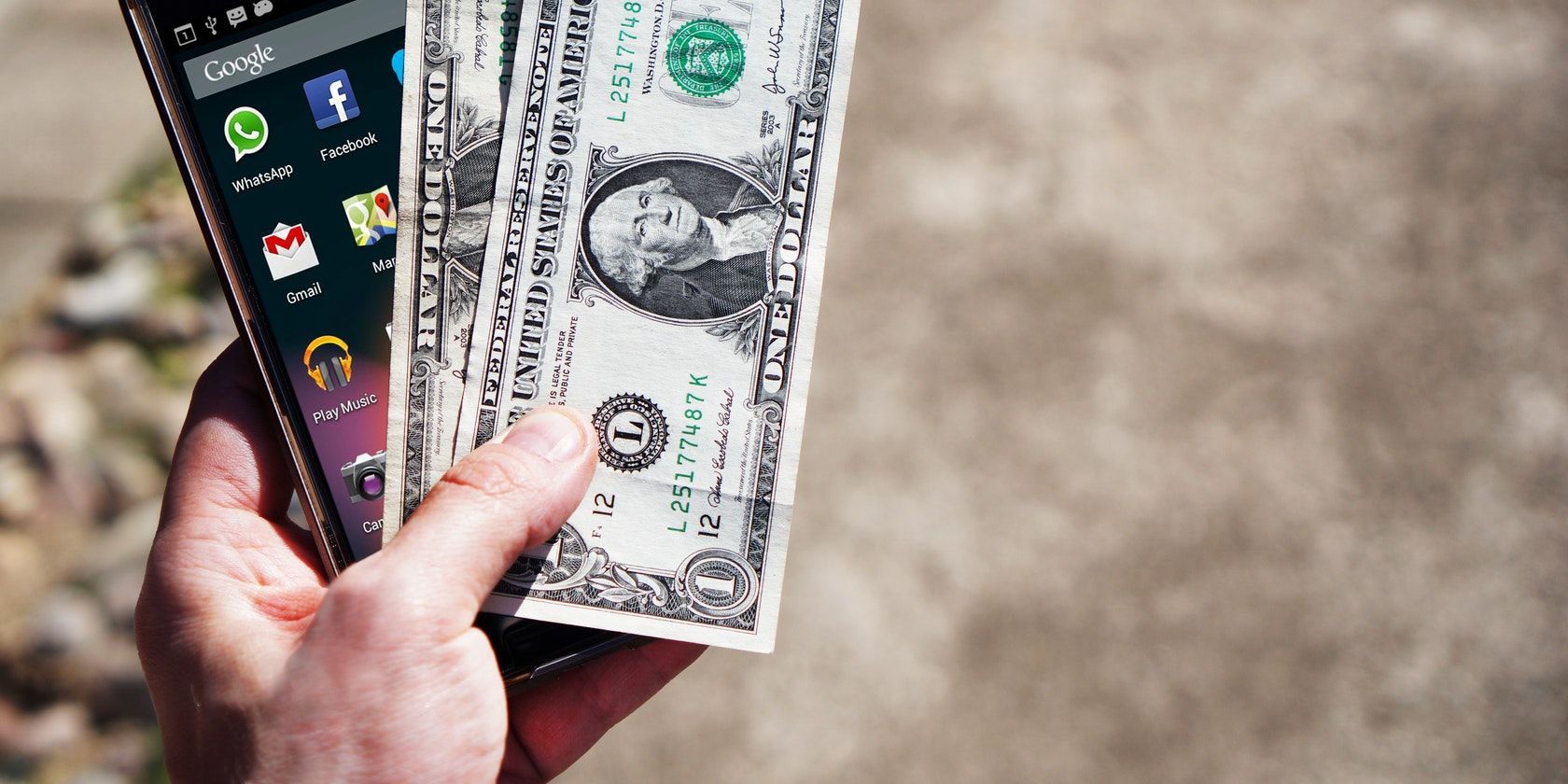Venmo and Cash App make sending money to friends and family quick and simple. These mobile apps both let users send and request funds from other users. The receiver can then transfer the money to their bank account or hold it in their in-app wallets.
On the surface level, they are quite similar, but each app puts a different twist on the process and offers its own special features. If you are unsure which app to start using, keep reading to learn the differences between the two money transfer apps.
Cash App vs. Venmo: Fees
Venmo and Cash App follow a very similar fee structure. Neither charge a fee to send money, unless you are doing so with a credit card. They both also charge a small fee for instant transfers to your bank, but no fee for standard transfers, which take one to three business days.
Venmo: There is a 3% fee when sending money over Venmo using a credit card. The fee is waived when you fund the transaction with your Venmo balance, bank account, or debit card. There is also a 1% fee for instant transfers. Instant transfers allow you to transfer money from your Venmo balance to your debit card in a matter of minutes. Standard transfers are free, but it will take one to three business days for the deposit to show up in your bank account.
Cash App: There is a 3% fee to use a credit card to send money, but it is free to send money from a debit card or bank account. Cash App also charges a 1.5% fee if you request an Instant Transfer from your Cash App account balance to your linked debit card. Standard transfers to your bank account are free.
Cash App vs. Venmo: Special Features
When it comes to sending and receiving money, Cash App and Venmo operate very similarly. If you are deciding between the two, the extra features are what will most heavily differentiate them.
Venmo: Venmo takes a social approach to the transfer of money. There is a social feed where you can view your friend’s transactions. You can’t see how much they sent or received, but you can view who they sent money to or received money from, the transaction date, and their caption for the transaction. You can even like or comment on transactions. You can adjust your privacy settings to make your transaction history public, friends-only, or private.
Venmo also offers crypto investing. Users can choose from a few different options, including Bitcoin and Litecoin. It also offers short educational videos on crypto to help those new to the crypto space learn about the coins available.
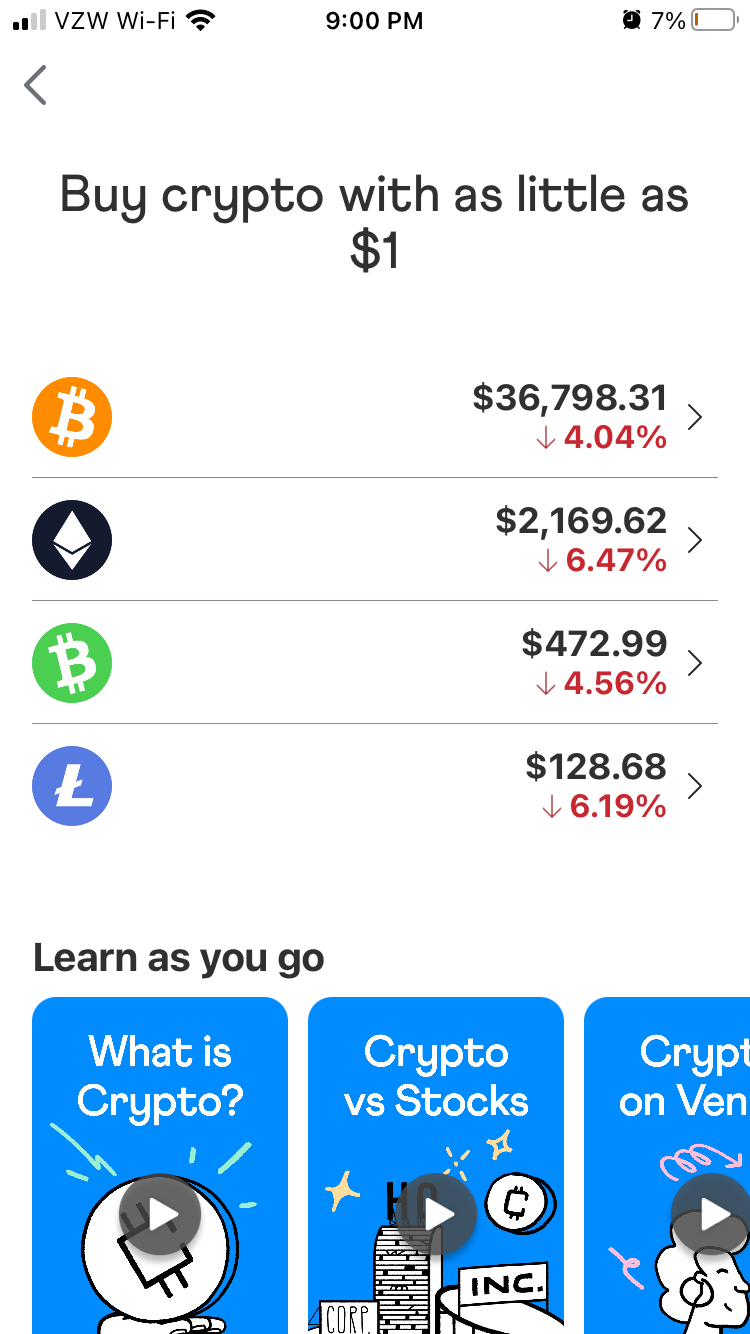
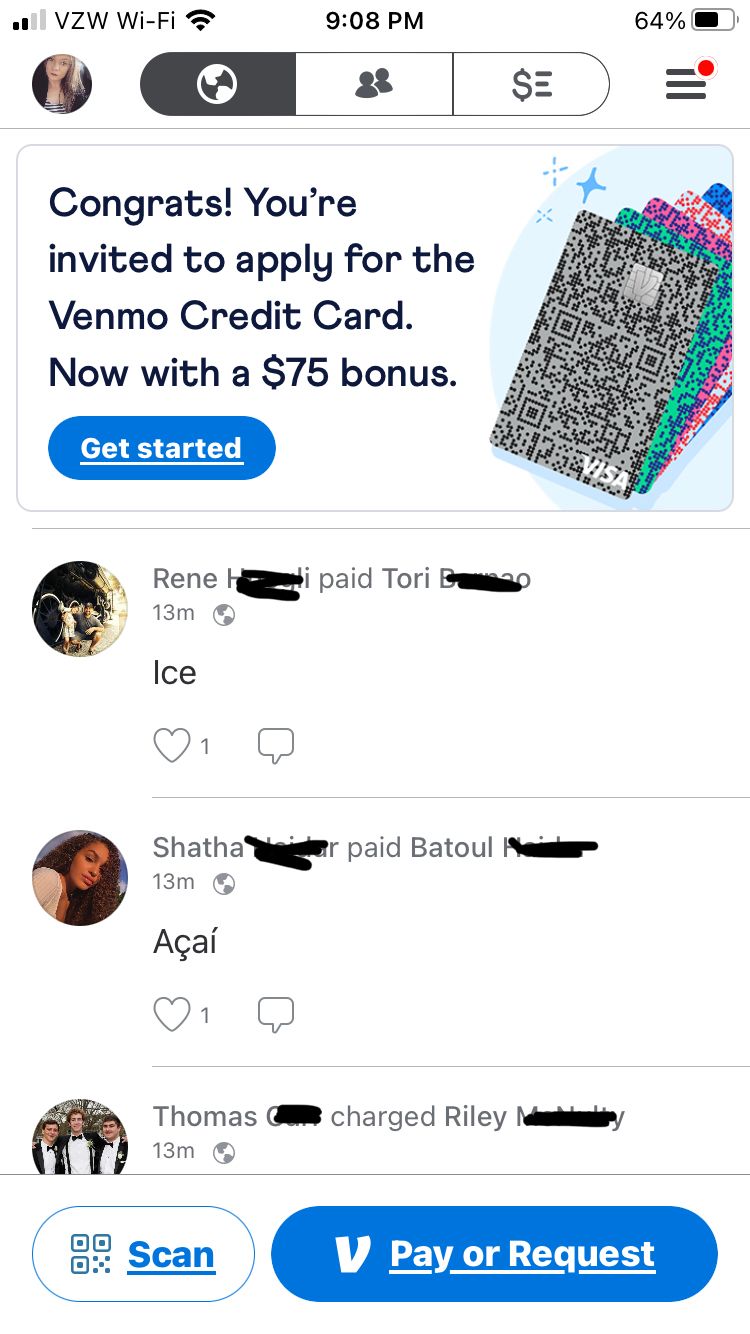
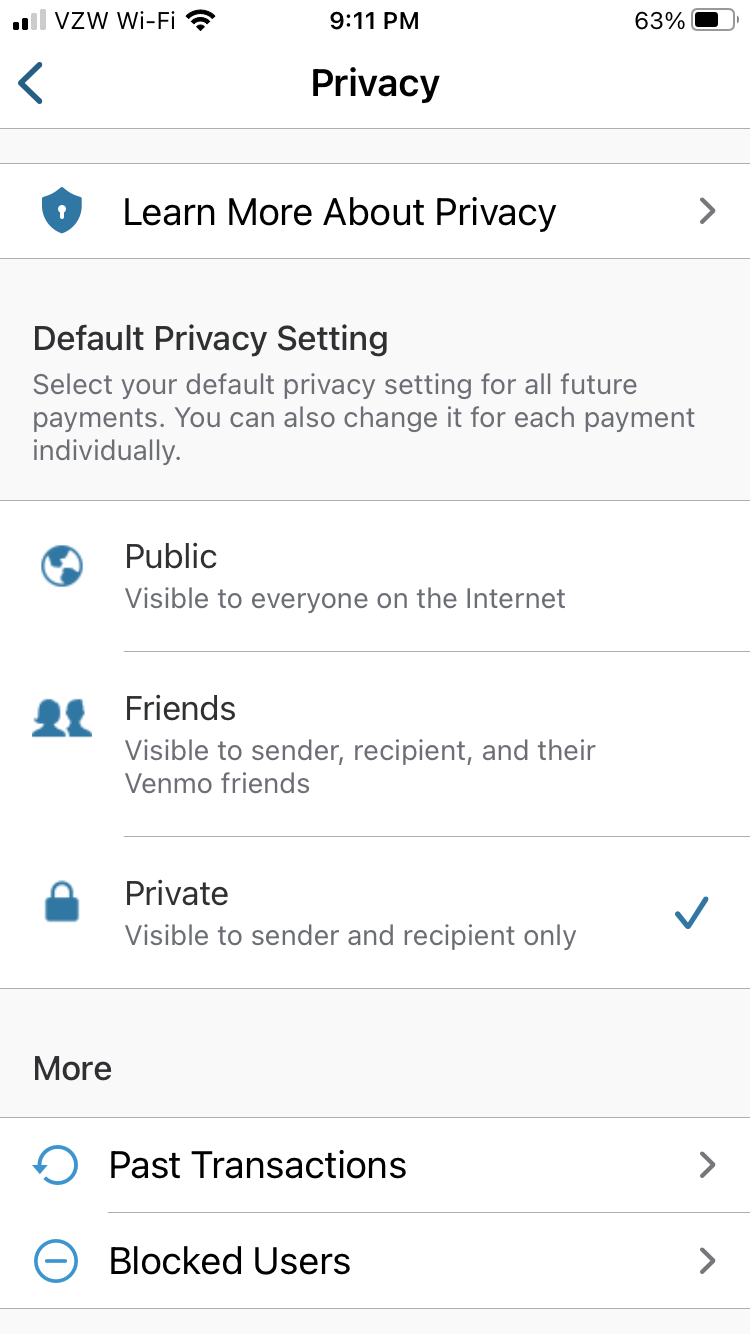
Cash App: Cash App does not show your transactions to others or possess a social aspect. However, it offers more investing options. On Cash App you can invest in stocks or bitcoin using your Cash balance or linked debit card. There are a variety of popular stocks to choose from and up-to-date stock market data available to help you make your choices. It’s a very beginner-friendly option for those wanting to get into stock market investing.
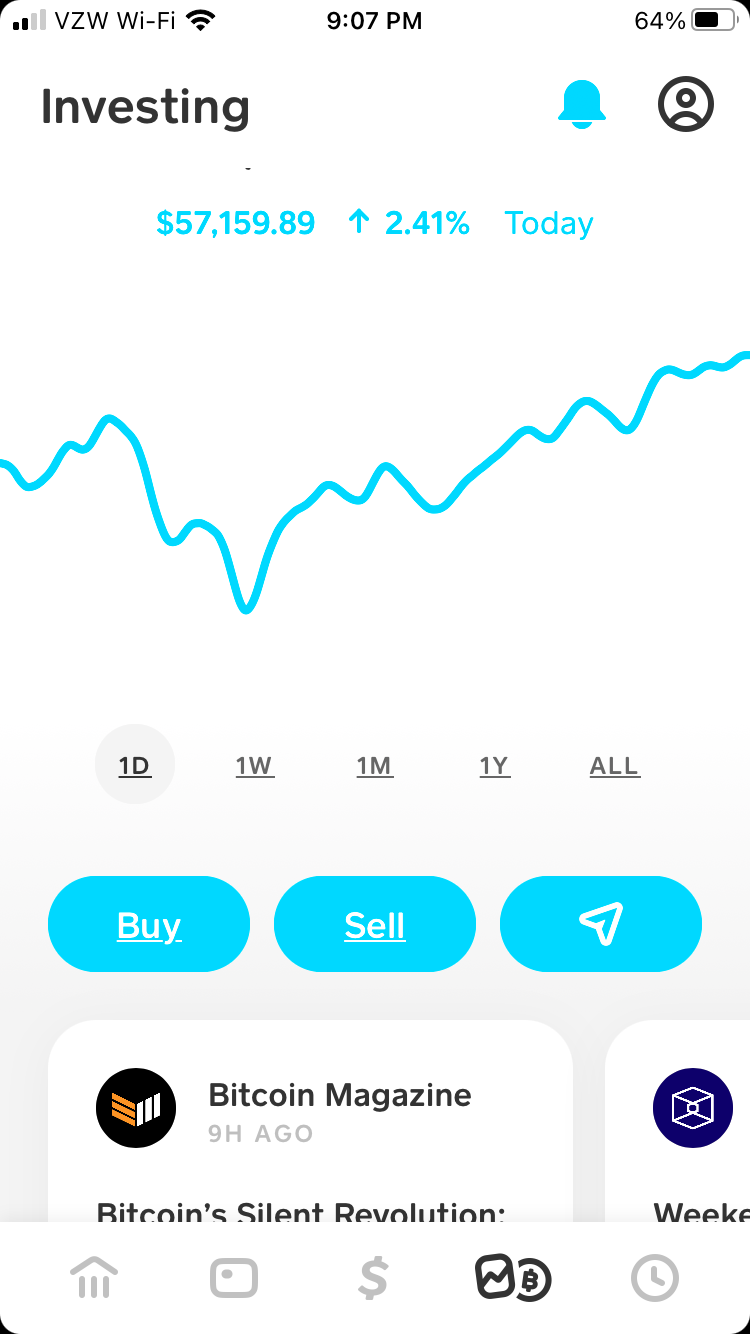
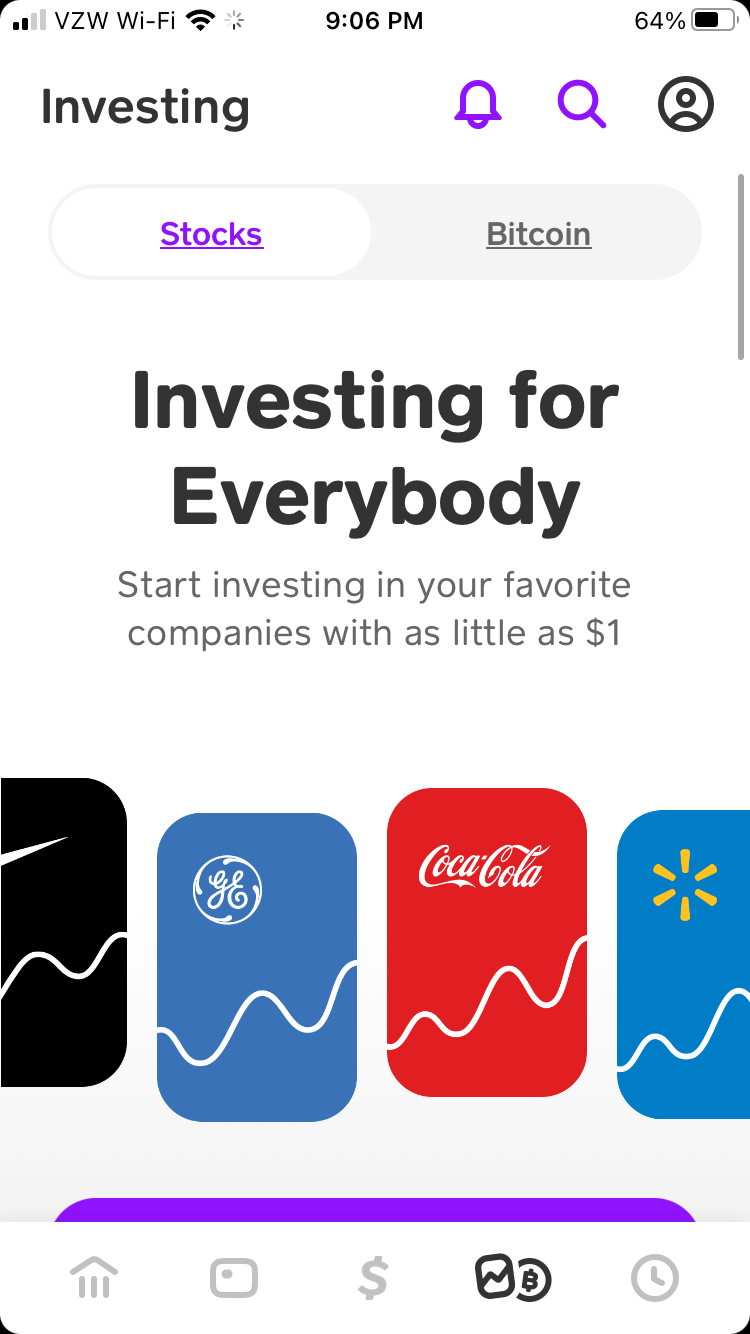
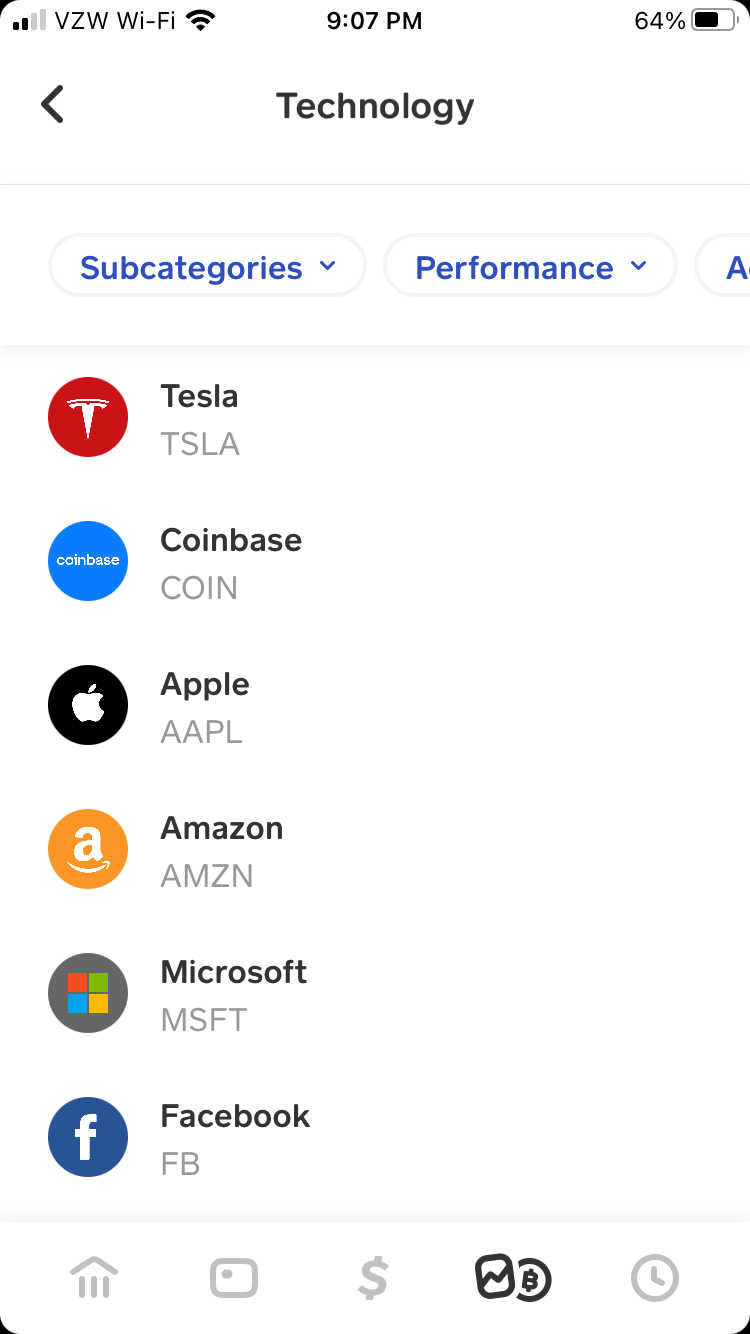
Cash App vs. Venmo: International Availability
While both apps have a huge presence in the United States, their international presence is still relatively limited. Only Cash App serves non-US customers, and even then it is limited to the UK.
Venmo: Venmo is currently only available in the United States. The company states that both the sender and receiver in a Venmo transaction must be physically present in the United States.
Cash App: Cash App is currently only available in the United States and the United Kingdom. US and UK users can send and request money to each other at no charge. When you send money outside your local market, Cash App will convert the payment to the local currency (currently only USD and GBP) based on the mid-market exchange rate at the time the payment is sent.
Cash App vs. Venmo: App Store Availability
Both apps work well on iPhone and Android smartphones and can be accessed from a computer or mobile browser as well.
Venmo: Venmo is available in both the Apple App Store and Google Play Store. It can also be accessed at venmo.com.
Cash App: Like Venmo, Cash App is available on the Apple App Store and the Google Play Store. It is also available as a web app at cash.app.
Cash App vs. Venmo: Physical Payment Cards
Cash App and Venmo also offer physical cards that can turn their apps into functional bank accounts or in-person payment methods.
Venmo: Venmo offers a debit card that can be linked to a user’s Venmo balance. The card supports contactless payments and ATM access. There are no fees to acquire a Venmo debit card, and it offers no-fee ATM withdrawals at select ATMs. Venmo also issues Venmo Visa Credit Cards to users that qualify. The card offers up to 6% cashback on purchases and other rewards in the Venmo app.
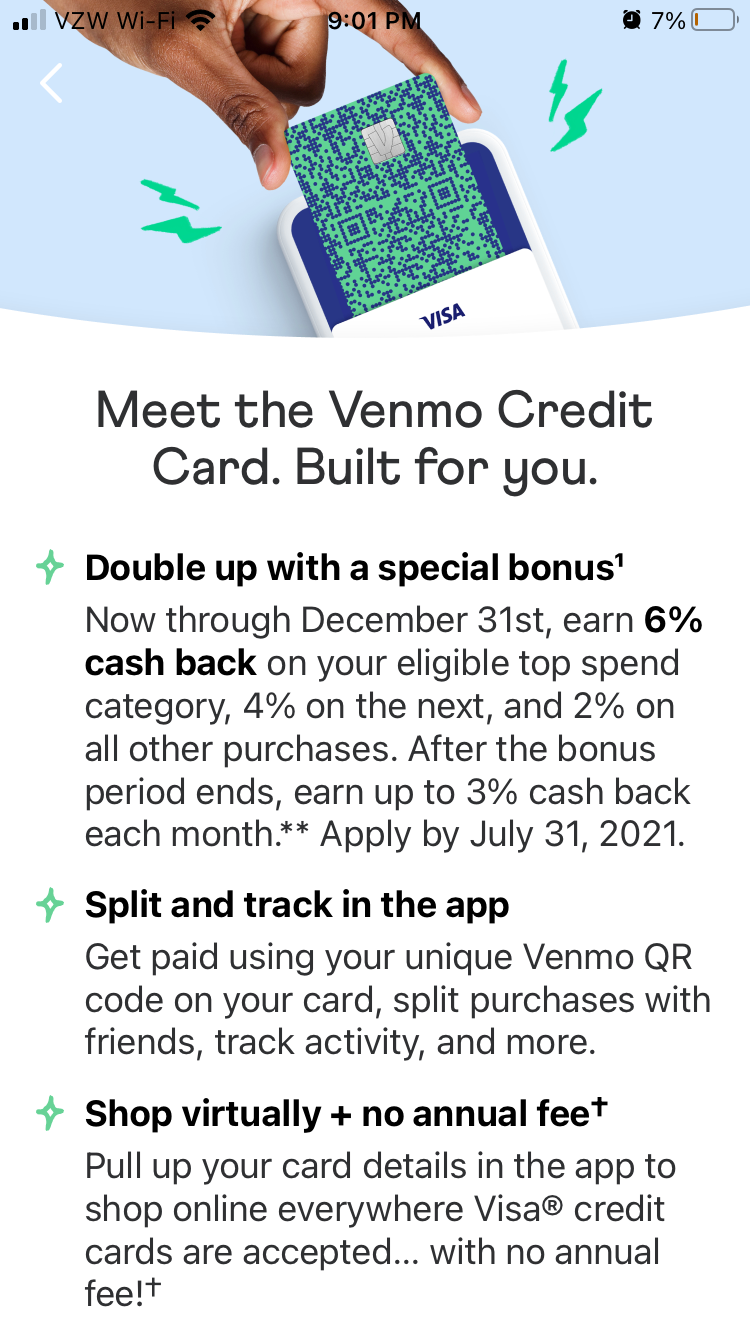
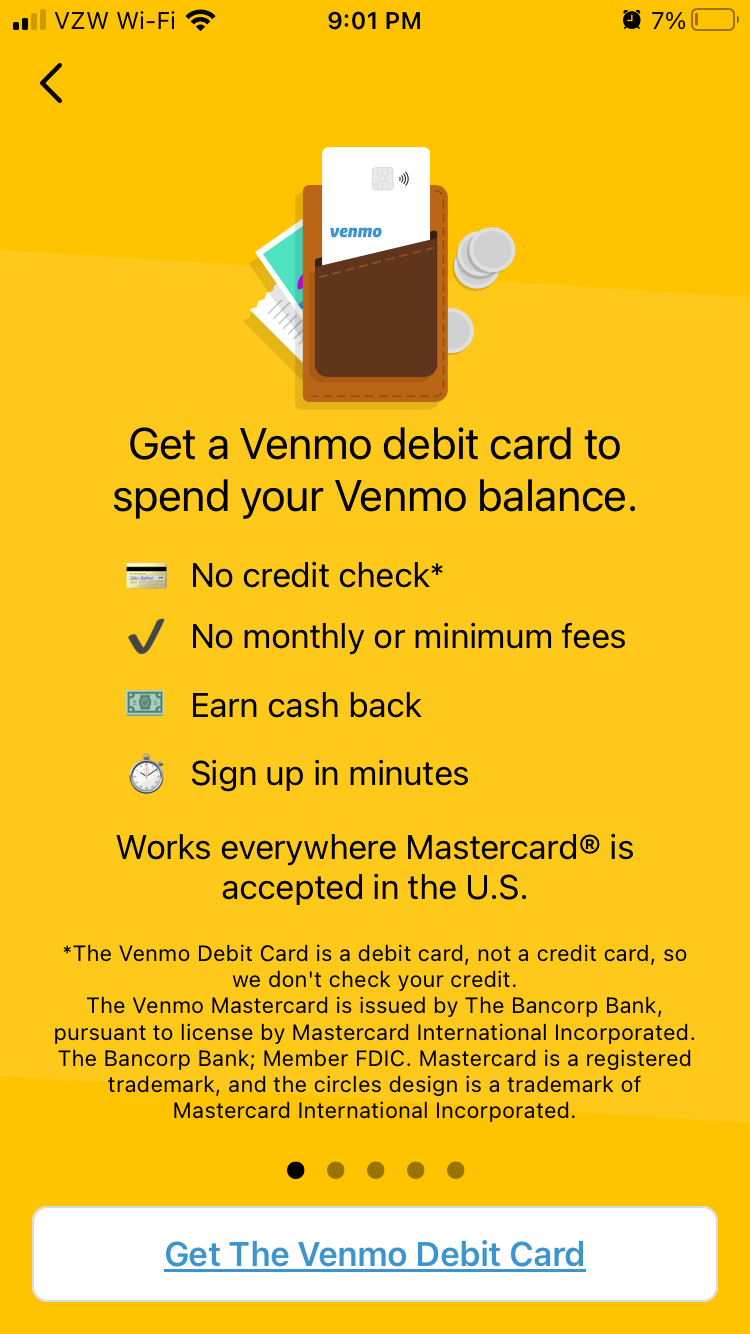
Cash App: The Cash App Cash Card is a physical debit card that allows holders to spend money from their Cash App balance at retailers, restaurants, and any other establishments that accept debit cards. Cash App also supports direct deposit to your Cash App balance. There is no fee for the Cash Card debit card.
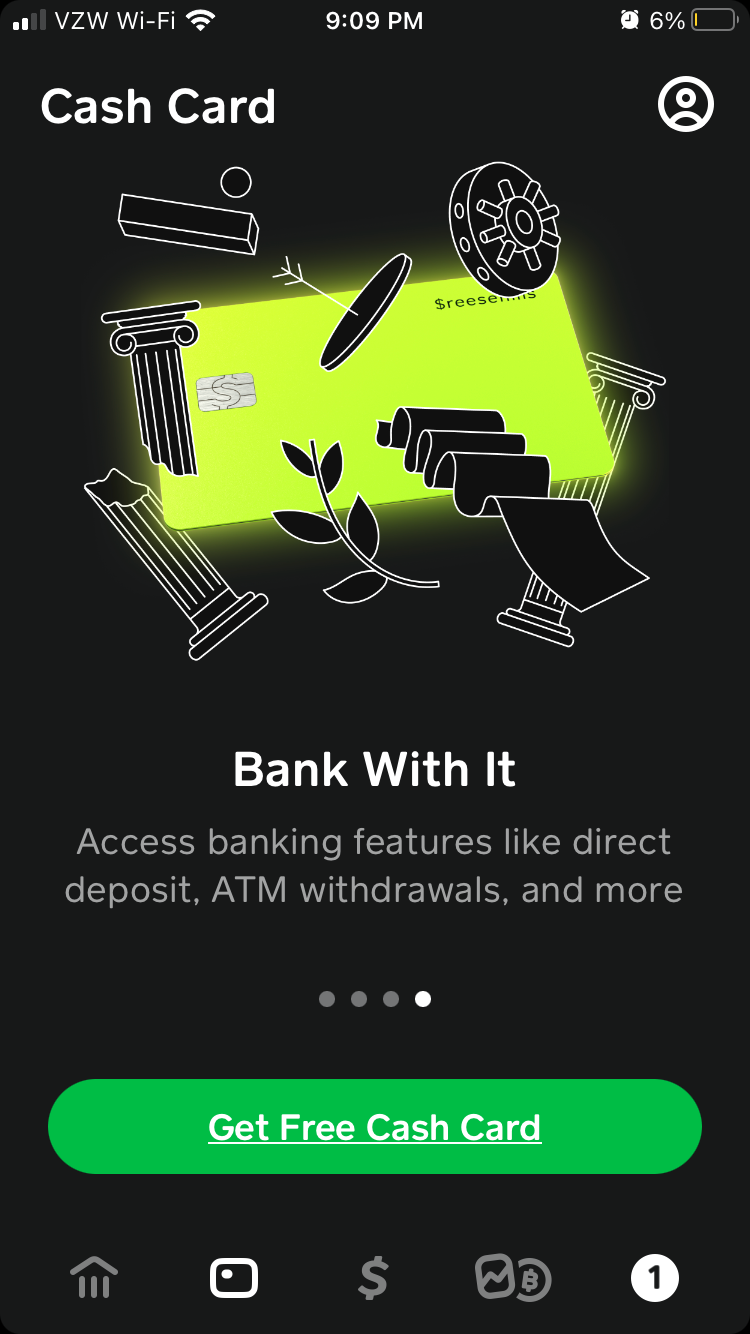
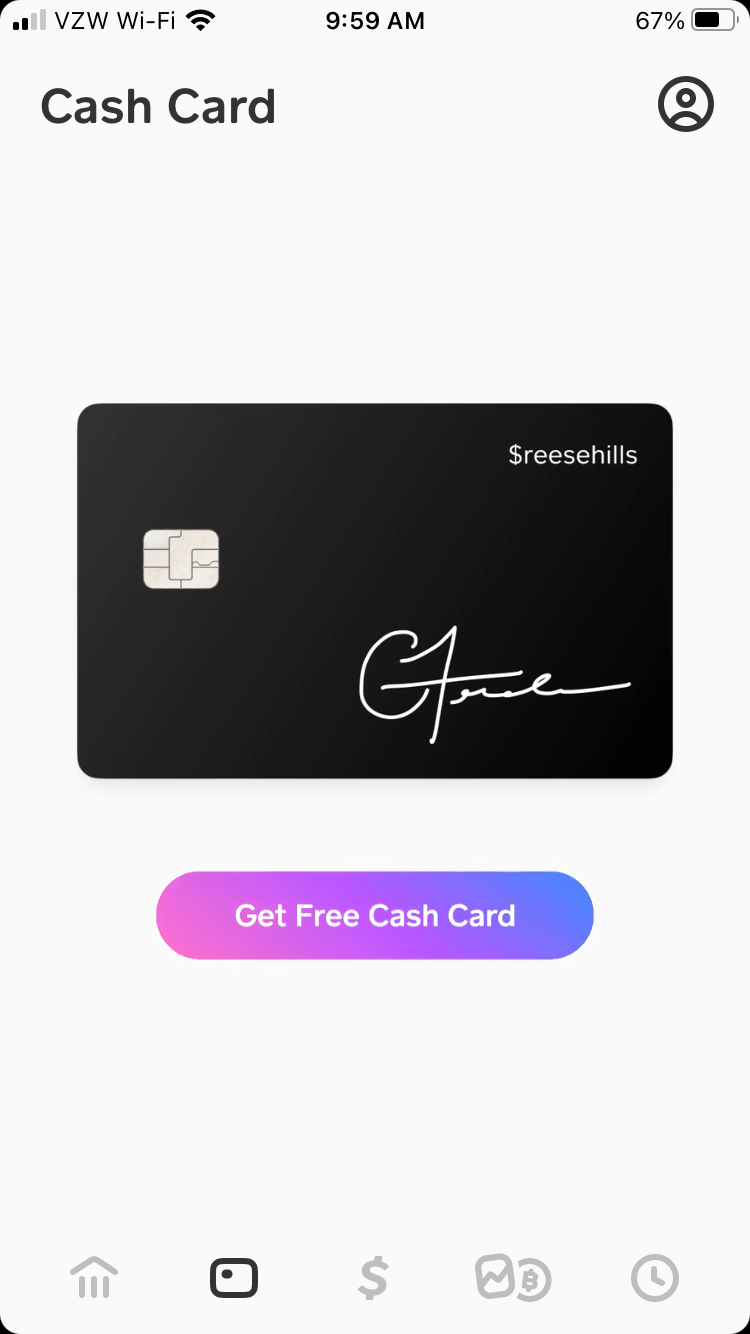
Sending Money to Friends and Family
Overall, the two apps do function very similarly and even follow almost the same fee structure. When it comes to deciding which one to use, many users choose to download and have accounts with both services. Since the primary function is sending and receiving money with your contacts, you will need to use whichever service your friends and family use or get them on board with your preferred app.
Venmo and Cash App aren’t the only ways to exchange funds quickly from your phone. Zelle, Apple Pay Cash, and PayPal are also popular solutions for sending money quickly and conveniently from your phone or computer. These services, particularly Zelle and PayPal, are also often more popular for business payments and transactions than Cash App or Venmo.

